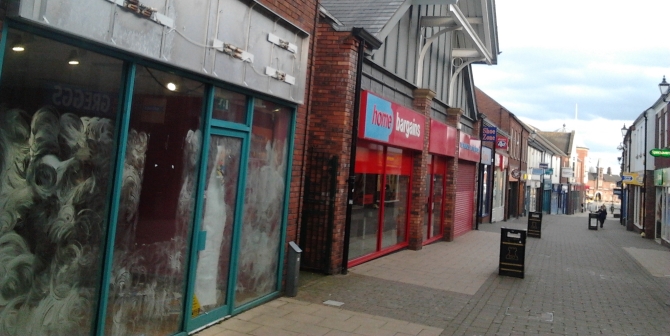According to the Office for National Statistics (ONS) the number of people in employment rose by 254,000 to 30.6 million between March and May, marking a new record and hinting that further improvements are on the horizon.

In addition, the unemployment rate fell to 6.5 per cent thanks to a 121,000 person reduction in those claiming Jobseeker’s Allowance. This is the lowest level since before the recession struck and almost matches the 6.4 per cent rate recorded in the final quarter of 2008.
Prime Minister David Cameron welcomed the report, saying; “Today’s figures show more people have the security of a job than ever before.
“Full employment is a key aim of our long term economic plan.”
Unfortunately, while the report showed a long awaited fall in unemployment levels, it failed to mark any positive progress on the issue of real wage growth. In the three months to May, average pay bonuses grew by only 0.3 per cent – a significant slowdown from the 0.7 per cent growth in the three months to April.
Excluding bonuses, however, pay packets increased by 0.7 per cent in the three month period, marking the slowest growth since records began in 2001. This puts wage growth well behind inflation, as according to the Consumer Price Index (CPI) the latter grew by 1.5 per cent year on year in May.
General Secretary of the Trades Union Congress (TUC), Frances O’Grady, believes that this consistently slow pace of wage growth could prove damaging to Britain’s economy in the coming years.
She says; “It’s good to see unemployment falling, but with pay growth falling to a record low, serious questions must be asked about the quality of jobs being created in Britain today.
“If all the recovery can deliver is low paid, low productivity jobs – many of which don’t offer enough hours to get by – then it will pass most working people by and Britain’s long term economic prospects will be seriously diminished.”
The problem for businesses within the retail and leisure sectors is if wage growth remains sluggish consumers may once more rein in spending, particularly if, as expected, interest rates rise later in the year.
And this could be damaging to the prospects of growth in the sector, which has delivered improving sales and falling high street vacancy rates as confidence has slowly returned since the end of the recession.
Previous Post
Court allows Apple to Trademark Store Layout